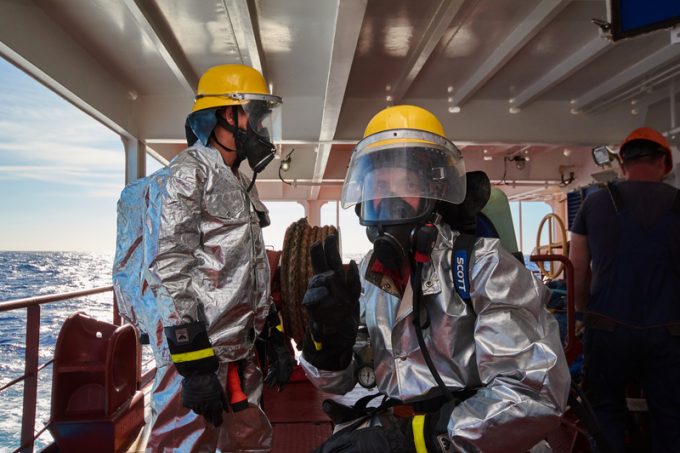Container explodes on Yang Ming box ship in Chinese port
This post was edited at 10am BST on 12 August to include comment from Yang ...

Two new initiatives show how the box shipping industry is now working together to tackle a major safety issue for ships and crews.
Fires onboard containerships continue to make the headlines, with costly and sometimes tragic consequences. Indeed, so bad has the problem become that carriers ...

Comment on this article